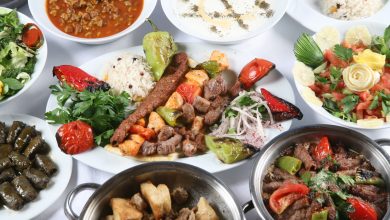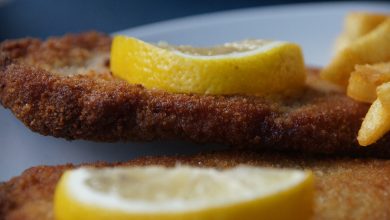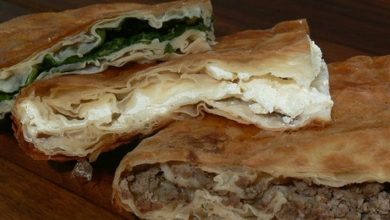HiddenEuroFood: Connacht

Irish cuisine has its historical roots even in Irish mythology and early national literature where references to food and drinks are very common. The most important one is the “Bradán feasa”, the Salmon of Knowledge which figures prominently in The Boyhood Deeds of Fionn, a narration of the early adventures of Fionn Mac Cumhail, the first of the “Fianna”, legendary Irish heroes. According to this legend, he received knowledge by the Salmon which, in turn, had acquired it eating nine hazelnuts. The word “Fianna” mean now “Irish warriors” and we can find it or in the most important political parties’ names and also in the historical organization of the Fenians: the Republican and Independence Irish movement which acted during 19th and 20th centuries. After a period marked by the loss of the traditional foods, by the 21st century, much of Irish cuisine was being revived. Current traditional Irish dishes include Sheperd’s pie based on meat and vegetables topped with potato, Irish stew, and many other ones. Obviously, it is impossible to not to mention beers and liqueurs.
In addition to the Guinness, the most famous beer in the World, there are some other very tasted beers like Kilkenny, liqueurs like the Irish Mist and alcoholic drinks like the Irish Coffee. We will talk deeper about probably the most traditional region of Ireland: the Connacht.

In the region of Connacht, above all in Galway, a really meaningful example of enhancement of regional cuisine occurred. In fact, every year in this region the most internationally recognized Irish festival after St Patrick’s Day is set up: the Galway International Oyster & Seafood Festival. Ireland and especially Galway have a very long history with the oyster. 5000 years-old shell fossils have been found on Irish beaches and now oysters and mussels are still an integral part of the regional and national cuisine. The song dedicated to the legendary Molly Malone who sold cockles and mussels is today the anthem of the city of Dublin and it is played together with “Ireland’s Call” before the matches of the national rugby team.





